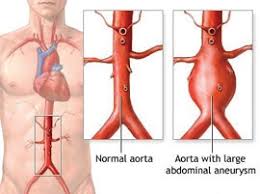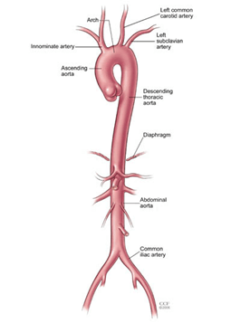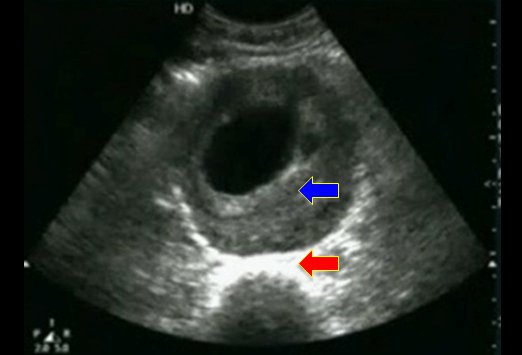Benefits of performing an aorta ultrasound
A screening test for an abdominal aortic aneurysm or thoracic aortic aneurysm by an aortic ultrasound is a fast, easy and a safe method to measure the size of the aorta and rule out aneurysms. Screening testing for AAA is particularly recommended for men over the age of 60 who have a smoking history or anyone with a family history of Abdominal Aortic Aneurysm. Additionally ultrasound can be used as a follow up tool to observe the size of aneurysms and to identify expansion in size.
Abdominal Aortic Aneurysm measurements are performed during your ultrasound and any abnormalities in the width of the arteries is reported to our physicians who will advise you of any needed treatments.
Ascending Aortic Aneurysms as well as thoracic aortic aneurysms, descending aortic aneurysms and abdominal aortic aneurysms are easily diagnosed by ultrasound scanning. Many lives have been saved by the performance of such a screening testing and by the prior to a dissection or tear which can cause life-threatening internal bleeding to occur happen.
Below is an ultrasound image of an aortic aneurysm which reveals a dialated aortic wall.





